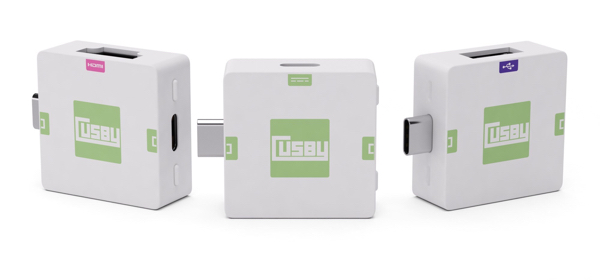New data from Parks Associates (www.parksassociates.com) shows only 19% of consumers are very familiar with programs that offer tax rebates or other incentives in return for energy-efficiency initiatives such as home remodeling or home energy management.
The research also shows only 15% of U.S. broadband households are very familiar with time-of-use (TOU) programs, but 36% of U.S. broadband households would participate in a program where they receive a payment for not using energy during a specific time of the day.
“Despite considerably low awareness of energy-efficiency programs, consumers are willing to take action to save energy-84% of U.S. broadband households took some kind of energy-savings action in 2015,” said Eddie Accomando, research analyst, Parks Associates. “Utilities need to find better ways to get engaging information to their consumers.”
The study also shows informational incentives can also be valuable. Nearly 30% of U.S. broadband households are willing to participate in an energy program that provides data such as their energy usage or their major source of energy consumption in the home.
The energy sector has driven several innovative business models and partnerships to integrate energy solutions with smart home capabilities and the IoT. For example, EnergyHub announced in early May that it had established a partnership with Nest and now operates with all currently available Internet-connected thermostats. EnergyHub manages the enrollment and dispatch of Nest’s Rush Hour Rewards, a turnkey demand response solution, to maximize each thermostat’s load reduction while still keeping consumers comfortable.
“Energy providers have an opportunity to leverage smart home solutions for demand response and energy-efficiency initiatives, and the customer has a lot to gain from increased control, comfort, and convenience,” Accomando said. “Information can have a clear impact on behavior, and monetary incentives may be appealing in any economy. Marketing programs that communicate specific messages to individual segments through multiple channels are the key to expanding participation and meeting regulatory goals cost effectively.”




